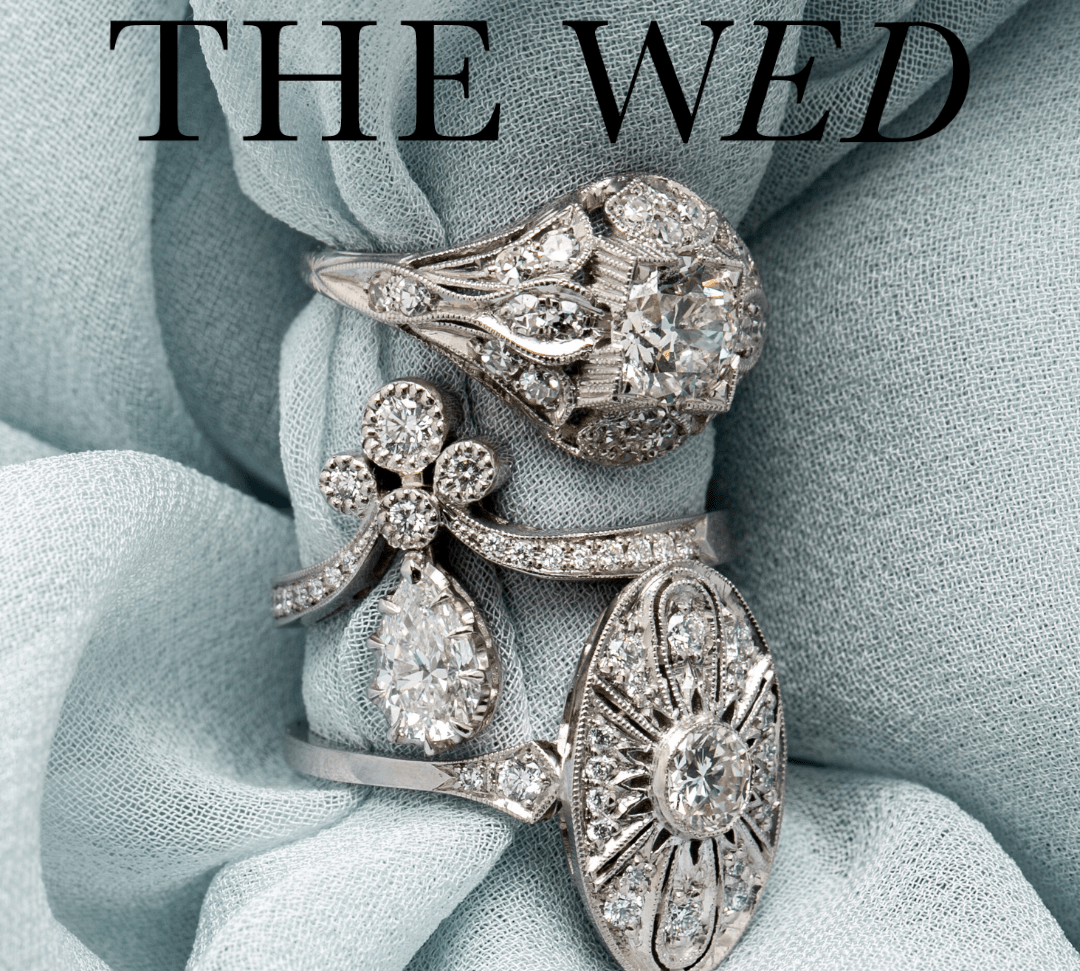How to Choose the Perfect Metal and Stone for Your Engagement Ring
How to Choose the Perfect Metal and Stone for Your Engagement Ring Selecting an engagement ring might seem straightforward, but it's a choice that carries monumental significance. It's a daily reminder of love and commitment,...









